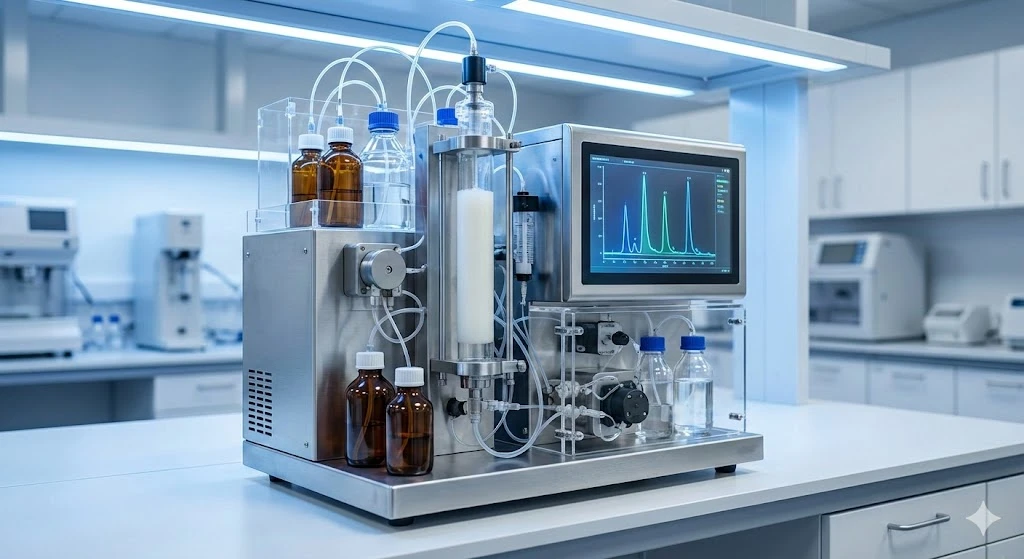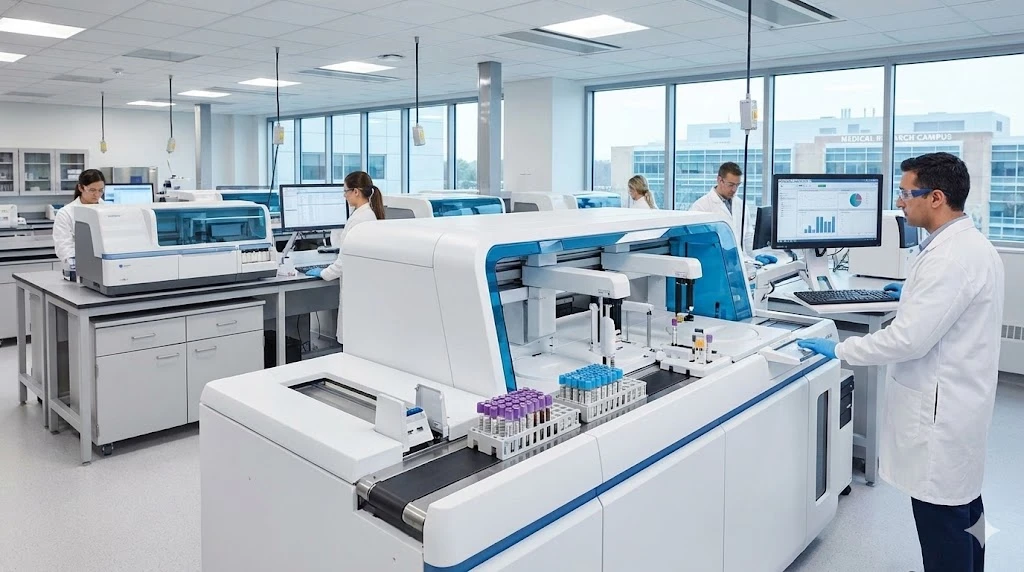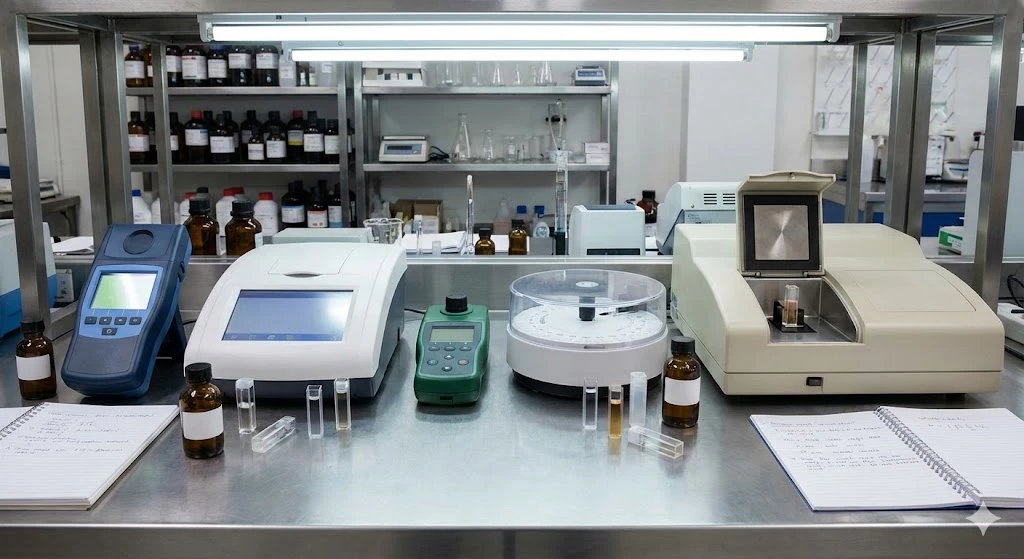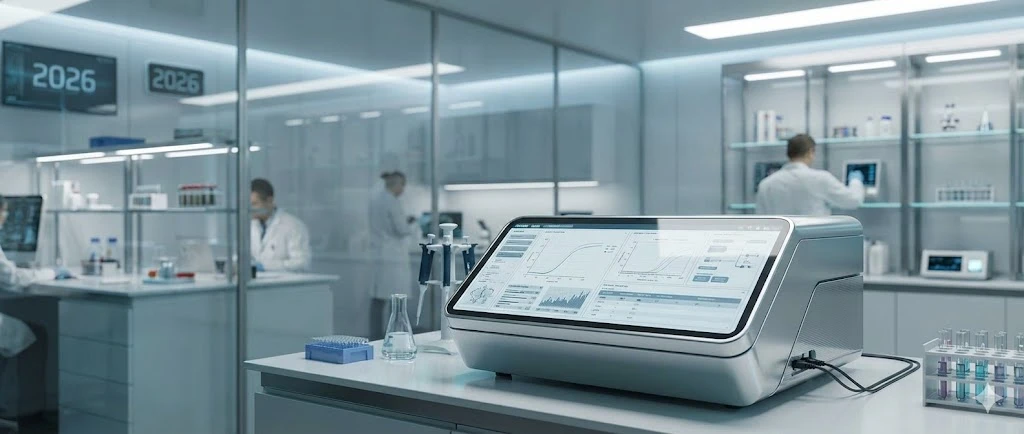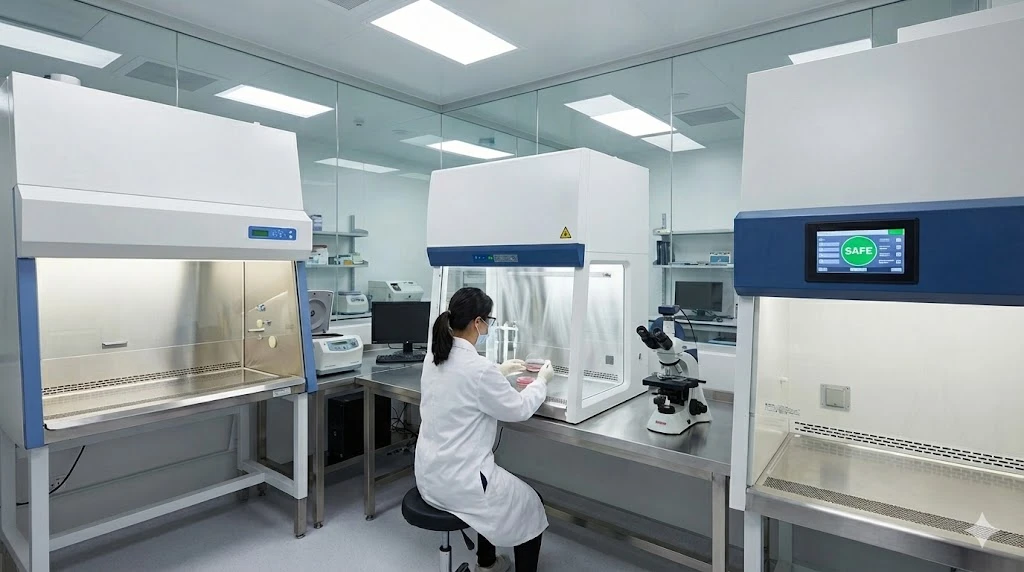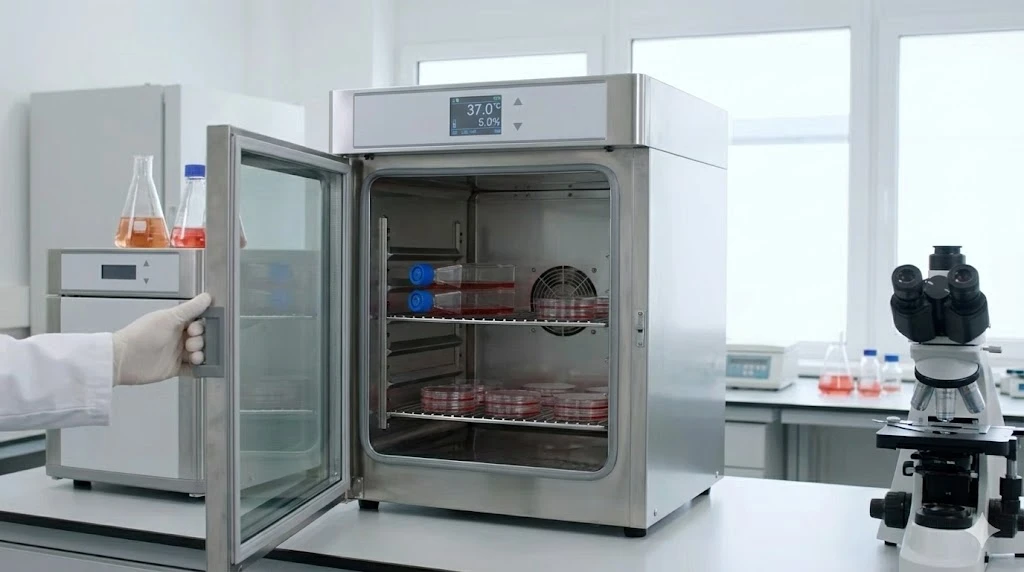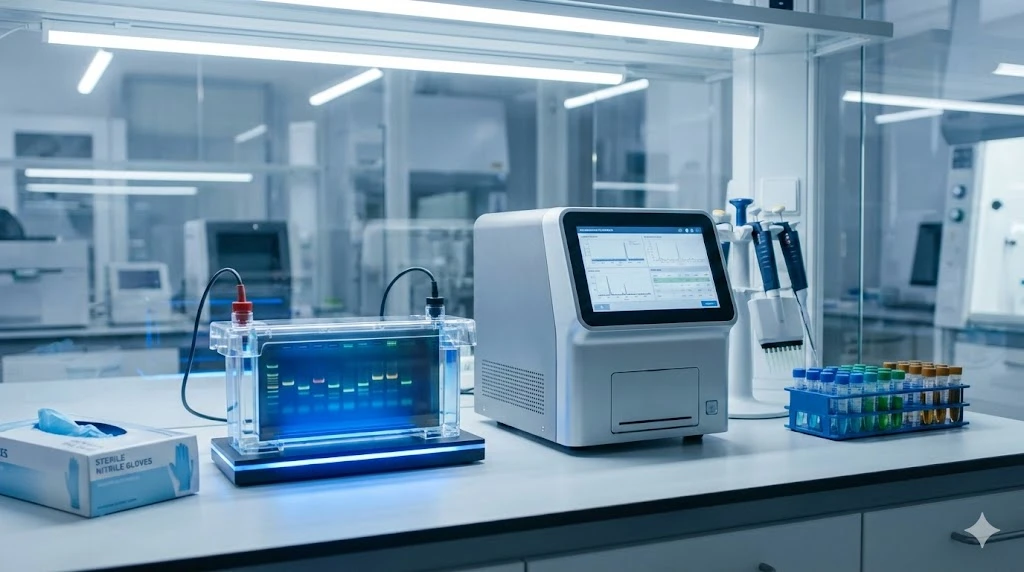Unveiling the Brain: The Power of Advanced MRI Technology
ImageFX (2025) The human brain, a complex marvel, has long presented a challenge for non-invasive exploration. Enter Magnetic Resonance Imaging (MRI), a revolutionary technology that has fundamentally transformed our ability to visualize and understand its intricate structures and functions. Evolving from its scientific cousin, Nuclear Magnetic Resonance (NMR) spectroscopy, MRI has continually pushed the boundaries of resolution and clarity. With the advent of increasingly powerful magnets and groundbreaking innovations, modern MRI systems are now surpassing the 10 Tesla mark, unlocking unprecedented insights for cutting-edge brain research and advanced medical diagnostics. This guide delves into the fascinating science behind MRI and its profound impact on medicine and research. At the heart of MRI lies Nuclear Magnetic Resonance (NMR) spectroscopy, a sophisticated analytical technique primarily used for molecular-scale structural studies. Discovered in the late 1940s by pioneering researchers at Harvard and Stanford, NMR earned its discoverers, Edward Mills Purcell and Felix Bloch, the 1952 Nobel Prize in Physics. Principle of NMR Spectroscopy:
In essence, NMR detects and measures localized magnetic fields surrounding atomic nuclei. Here’s a simplified breakdown of the process: Alignment: Organic ions (typically hydrogen or carbon) within a sample are exposed to a powerful magnetic field, causing their nuclei to align in accordance with their charge and the field's direction. Excitation: A brief burst of radio waves is emitted by the NMR source, momentarily exciting these aligned atoms and causing them to oscillate. Resonance Detection: Sensitive radio receivers detect the resulting nuclear magnetic resonance signal. Structural Clues: The minute intramolecular magnetic fields around the atoms of a molecule influence the resonance frequency of each specific atom. These subtle variations provide crucial details about the local structure of each nucleus, allowing scientists to deduce molecular arrangements. Proton NMR and Analytical Insights:
While NMR is applicable to any sample containing nuclei with spin, proton (¹H) and carbon-13 (¹³C) NMR are the most common types. Analyzing proton NMR can be challenging due to the high abundance of protons in organic solvents. To overcome this, researchers often employ: Deuterated Solvents: Solvents where over 99% of ¹H atoms are replaced with ²H deuterium. Biosynthesis: Propagating microorganisms in deuterated growth media to biosynthesize and purify the biomolecule of interest. NMR Analysis and Instrumentation:
The varying electronic environments within a molecule are resolved by the applied magnetic field, leading to distinct chemical shifts in resonance energy. These shifts, though incredibly small (on the order of parts per million), are invaluable for determining molecular structure through a process known as assigning the structure. NMR spectrometers are highly sensitive, complex, and consequently, expensive instruments, demanding significant investment in acquisition, facility design, and maintenance. Modern NMR systems typically feature large, costly superconducting magnets that require liquid helium for cooling. The resolution achieved is directly dependent on the magnet's strength and performance, making this a critical component. However, for many research applications, smaller benchtop NMR spectrometers offer a valuable and accessible alternative. These compact systems can significantly enhance analytical workflows in labs, providing viable solutions to common challenges associated with larger machines, such as: Challenge with Large NMR Systems Solution with Benchtop NMR Limited availability Increased accessibility Long analysis time requirements Faster turnaround High outsourcing costs Reduced operational expenses Lack of in-house expertise Lower barrier to entry Benchtop NMR systems are well-suited for a range of applications, including chemical analysis, structural studies, and materials testing, making advanced NMR capabilities more widespread. Magnetic Resonance Imaging (MRI) is the direct medical application of NMR. A fundamental principle holds true: the stronger the magnet, the greater the fraction of protons that align, leading to higher resolution. However, there's often a developmental lag between advancements in NMR field strength and their practical implementation in clinical MRI. Unlike controlled lab samples, imaging intact tissue within the human body presents unique complexities. Early concerns regarding MRI included the ability of radio waves and their resulting resonance signals to effectively penetrate tissues of varying density and complexity, particularly brain structures. These challenges, coupled with the demand for higher resolution, fueled the drive for more powerful MRI devices for human imaging. The journey of clinical MRI has seen remarkable progress: 1980s: 1.5 Tesla (T) scanners became standard in clinical use. 2003: The introduction of 3-T MRI systems marked a significant leap. Today: We are witnessing a breakthrough with the widespread adoption of 7-T scanners, opening up new dimensions for imaging a myriad of biological events within the brain. This enhanced power allows for unprecedented detail, but also introduces practical considerations. Involuntary movements like breathing, heartbeat, or even subtle body movements connected through the spine can affect imaging at these new, higher resolutions. Furthermore, "hot spots" resulting from increased field strengths necessitate careful instrument design to prevent tissue damage and imaging distortions. Despite these challenges, the new level of MRI power holds immense promise. It offers unparalleled opportunities for: Neuroscience Research: Exploring the biological basis of memory and speech, and unraveling the mechanisms of neurodegenerative diseases such as Multiple Sclerosis and Alzheimer's. Therapeutic Applications: Enhancing the accuracy and precision of deep brain stimulation, microsurgery, and other advanced medical interventions. The question of an upper limit to MRI magnetic field strength and imaging resolution remains. While heat and noise generation continue to be complicating factors, research in animal models has already pushed the envelope to an astonishing 21.1-T with no apparent ill-effects. Regardless of the ongoing technical complexities, it is clear that continuous innovation in NMR instrumentation will continue to pave the way for new thresholds of MRI power and resolution, further transforming our understanding of the human body. Explore the latest advancements in MRI and NMR technology for your research and diagnostic needs. Discover cutting-edge solutions and connect with leading suppliers at LabX. What is the primary difference between NMR and MRI?
NMR (Nuclear Magnetic Resonance) is a spectroscopic technique used for molecular structure analysis, while MRI (Magnetic Resonance Imaging) is its medical application, used to create detailed images of organs and tissues within the body. How does higher Tesla strength improve MRI resolution?
Higher Tesla (T) strength in MRI magnets increases the alignment of atomic nuclei, leading to a stronger signal and, consequently, higher resolution images with more detailed anatomical and functional information. What are the advantages of using benchtop NMR spectrometers?
Benchtop NMR spectrometers offer a more accessible, cost-effective, and convenient alternative to large, high-field NMR systems, providing valuable capabilities for chemical analysis, structural studies, and materials testing directly in the lab. Are there any safety concerns with high-field MRI scanners?
While generally safe, high-field MRI scanners require careful consideration of factors like patient movement and potential "hot spots" due to increased field strengths. Instrument design advancements continuously address these concerns to ensure patient safety and image quality.
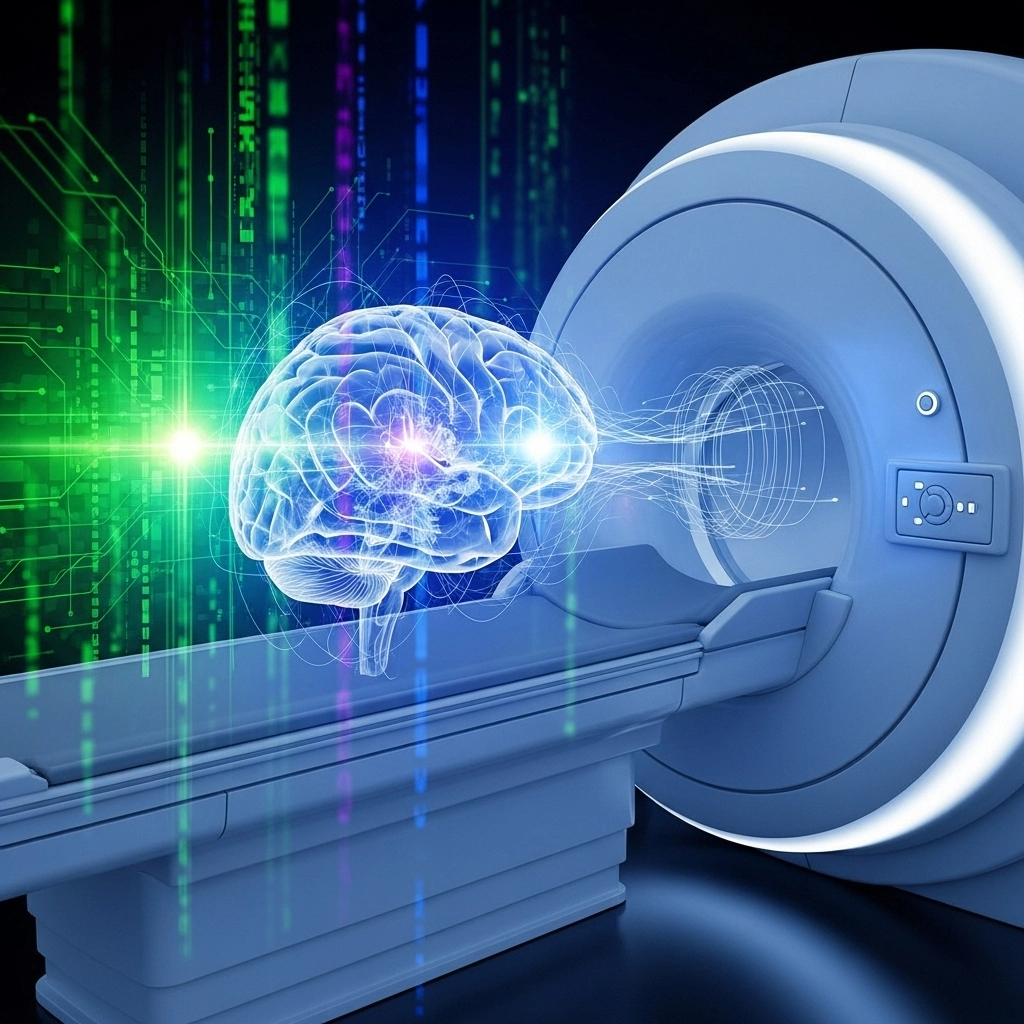
The Science Behind the Scan: Understanding NMR Spectroscopy
Advanced MRI Systems: Revolutionizing Medical Diagnostics and Research
Future Horizons: Pushing the Boundaries of MRI Resolution
Final Thoughts on MRI
Frequently Asked Questions about MRI and NMR Technology

